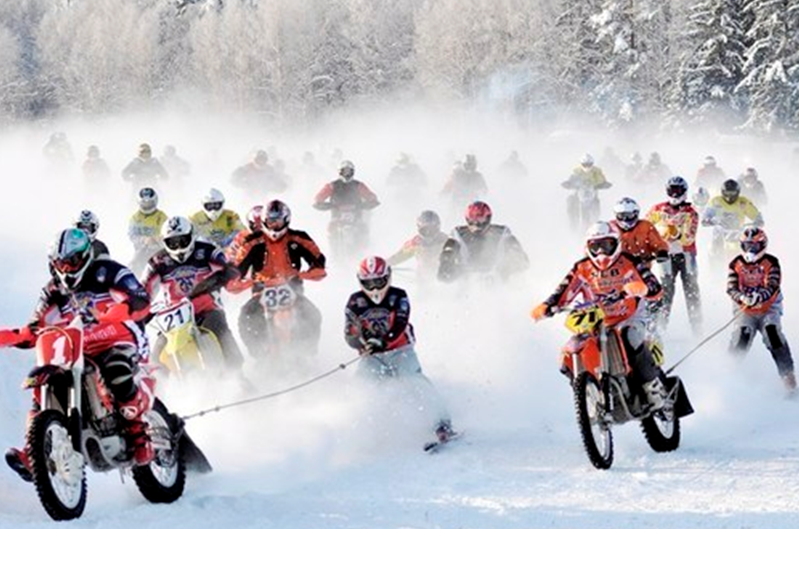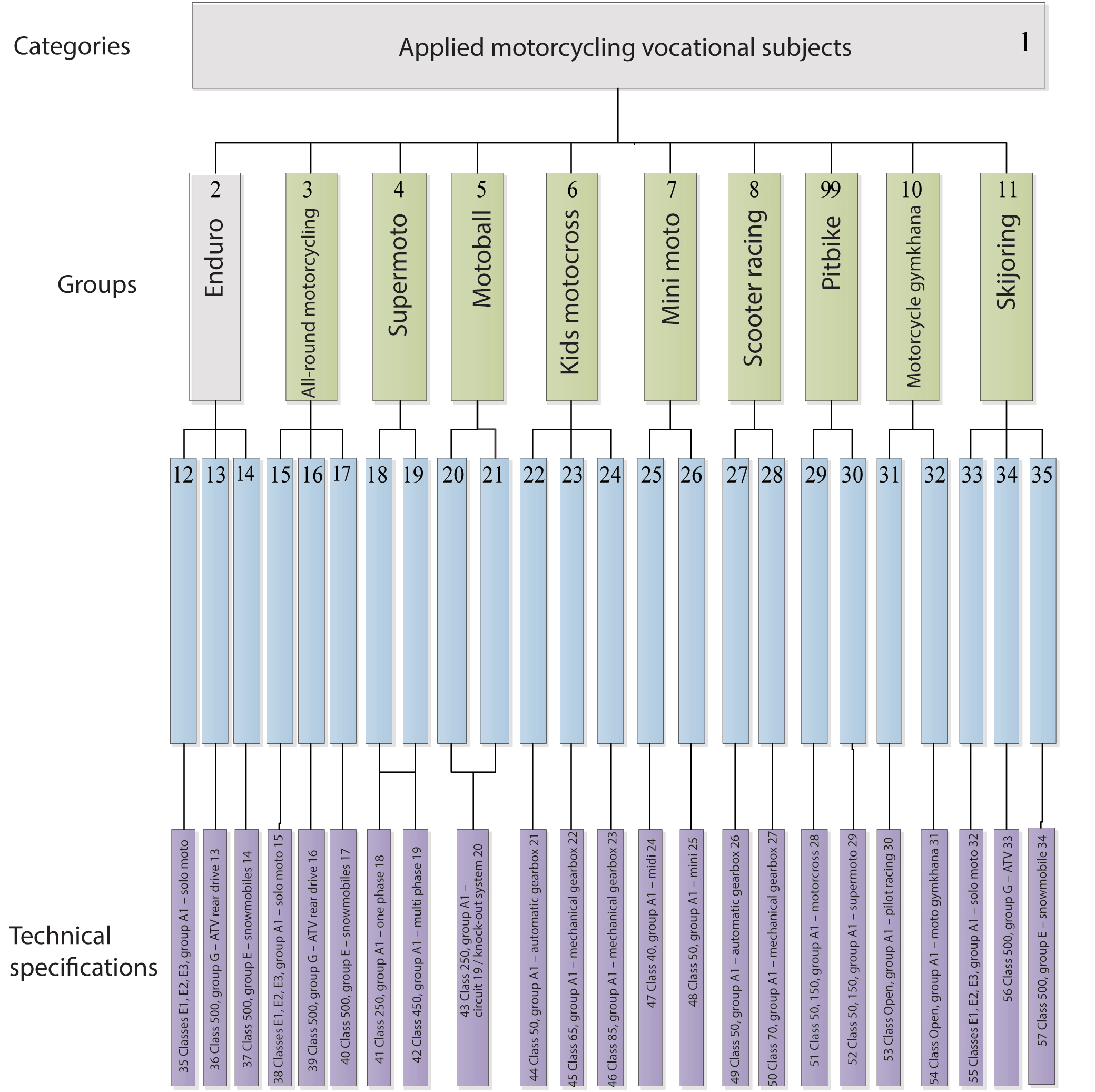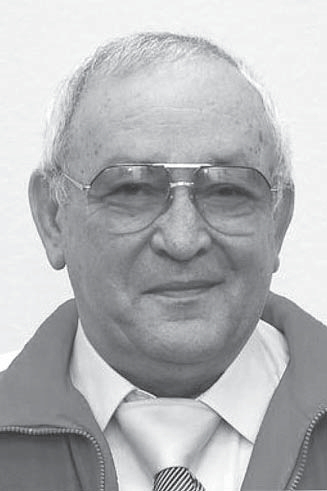Applied vocational motorcycling subjects
Фотографии:
ˑ:
E.S. Tsygankov, Honored trainer of the RF, Honored scientist of the RF, professor, Dr.Hab.
G.I. Shulik, Honored trainer of the RSFSR, associate professor
Russian state university of physical culture, sport, youth and tourism, Moscow
Key words: motorcycling, classification of motorcycling subjects, applied vocational subjects.
Relevance. The growing international popularity and the practical value of motorcycle
transport used in different spheres of human life, specifically technical
sports, set before experts the problems of development of the regulatory
system, applied in motorcycling events, while designing new educational
programs and systemizing applied vocational motorcycling subjects.
The purpose of the study was to systemize applied vocational motorcycling subjects.
The tasks were as follows:
1. Allocation of existing in sports practice applied vocational subjects, their analysis and synthesis.
2. Development of the classification of applied vocational motorcycling subjects.
Applied vocational subjects are those arising in the course of human activity on development of some sport (disciplines of sport) of including specially created types of competitions to train athletes’ motors skills and abilities they need when doing specific professional tasks.
In motorcycling these can be development of the analyzing skill, e.g., static and dynamic envelope: distance, intervals, track, manoeuvre geometry; distance speed, time sense; motorcycle’s technical state: engine, transmission, running gear, tires; loss of stability and control: creep, skidding, rotation, wheel lock during breaking and slipping when accelerating. Motorcycling subjects are not included in the part 4 of the State Register of Sports of Russia (SRSR), containing applied military sports, but a part of it that can be referred to applied vocational sports is in the part 2 of the SRSR.
Enduro, all-round motorcycling, supermoto, motoball, kids motocross, mini moto, scooter racing, motorcycle gymkhana, skijoring – the brief characteristics of three of them are stipulated below.
All-round motorcycling is an applied subject, its program stipulates regular traffic, acceleration, hill climbs, motocross competitions, along with shooting and grenade throwing. It’s a complex yet teachable subject, trains racer’s skills for on-off-road motorcycling under any conditions.
Mini moto – track mini and midi bike racing between 40-50 cc and producing somewhere between 8 and 20 hp. They have the same major units but midi bike has a larger running gear. The Minibike Super Cup Russia is held in the “mini bike” class. Kart racing tracks are used for such kind of races.
Skijoring – competitions where a skier is pulled by a snowmobile or other small motorized vehicle, originally from Norway. The team tournament of the adopted by the administration of Riga (Latvia) C Cup in 1963 is assumed to be the first skijoring competition in the USSR. The 1,0 – 1,5 km long tracks for these competitions are marked on virgin snow and remote country trails. Any anti-skid means installed in motorcycles are prohibited. Skijoring is distinguished by the unique requirements to the crew that is to combine the driver’s motorcycling skill and skier’s mastery.
Conclusions
1. The analysis of the State Register of Sports of Russia and the subjects not included in it promoted allocation of 11 groups of motorcycling subjects associated with training in the sphere of applied professional activity.
2. The classification of disciplines resulted in distinguishing of categories, groups and types of competitions, as well as technical specifications.
Fig. 1. Start of mini moto competitions. Racers moved the center of gravity of the “racer-motorcycle” system by leaning forward to avoid lifting of the front wheel for peak acceleration

Fig. 2. Massed start of skijoring race, Latvia

Fig. 3 translation:
Categories Applied motorcycling vocational subjects 1
Groups Enduro 2 All-round motorcycling 3 Supermoto 4 Motoball 5 Kids motocross 6 Mini moto 7 Scooter racing 8 Pitbike 9 Motorcycle gymkhana 10 Skijoring 11
References
1. Gusak, P. Enduro – past, present and future: transl. from Czech / E.G. Solomonina. – Moscow: Patriot, 1990. – 335 P. (In Russian)
2. Jenatsch, N. Sport riding technique / N. Jenatsch. USA. – 2004. – 68 P. (In Russian)
3. Popov, Ya.S. Motor racing / Ya.S. Popov, V.S. Drobitskiy, V.I. Karneev, Yu.I. Trofimets. – Moscow: DOSAAF USSR, 1975. (In Russian)
4. Trofimets, Yu.I. Motocross (teaching and training) / Yu.I. Trofimets. – Moscow: DOSAAF, 1990. (In Russian)
5. Tsygankov, E.S. Higher driving school: textbook for university students and drivers’ vocational training /E.S. Tsygankov. – 2nd ed., rev. and comp. – Moscow: Akademkniga, 2008. – 400 P.: illustr. (In Russian)
6. Tsygankov, E.S. Driving academy. 150 techniques of contravariant driving / E.S. Tsygankov, S.S. Vorob’ev. – Moscow: RIPOL klassik, 2009. – 352 P.: illustr. (In Russian)
7. Shulik, G.I. Guidelines for independent training of students in organization and conduct of supermotor competitions / G.I. Shulik, A.V. Shishin. – Moscow: NRMF, 2011. – 38 P. (In Russian)
8. Shulik, G.I. Guidelines for independent training of students by the rules of conduct of competitions in motorcycle ball / G.I. Shulik, V.A. Mosin. – Moscow: NRMF, 2011. – 64 P. (In Russian)
9. Retrieved from: http://www.minsport.gov.ru/sport/high-sport/Vrvs.xls (In Russian)
10. Retrieved from: http://www.gibdd.ru/info/stat/;http://www.vcvvm.vistcom.ru/about.html (In Russian)
11. Retrieved from: http://www.wikipedia.org/wiki/«статья5667900» (In Russian)
Author’s contacts:
е-mail: chgriv46@mail.ru; ph.: +7-495-5052535; +7-495-7982487
Technical specifications
35 Classes E1, E2, E3, group A1 – solo moto
36 Class 500, group G – ATV rear drive 13
37 Class 500, group E – snowmobiles 14
38 Classes E1, E2, E3, group A1 – solo moto 15
39 Class 500, group G – ATV rear drive 16
40 Class 500, group E – snowmobiles 17
41 Class 250, group A1 – one phase 18
42 Class 450, group A1 – multi phase 19
43 Class 250, group A1 – circuit 19 / knock-out system 20
44 Class 50, group A1 – automatic gearbox 21
45 Class 65, group A1 – mechanical gearbox 22
46 Class 85, group A1 – mechanical gearbox 23
47 Class 40, group A1 – midi 24
48 Class 50, group A1 – mini 25
49 Class 50, group A1 – automatic gearbox 26
50 Class 70, group A1 – mechanical gearbox 27
51 Class 50, 150, group A1 – motorcross 28
52 Class 50, 150, group A1 – supermoto 29
53 Class Open, group A1 – pilot racing 30
54 Class Open, group A1 – moto gymkhana 31
55 Classes E1, E2, E3, group A1 – solo moto 32
56 Class 500, group G – ATV 33
57 Class 500, group E – snowmobile 34
Note: technical blocks comply with FIM rules


